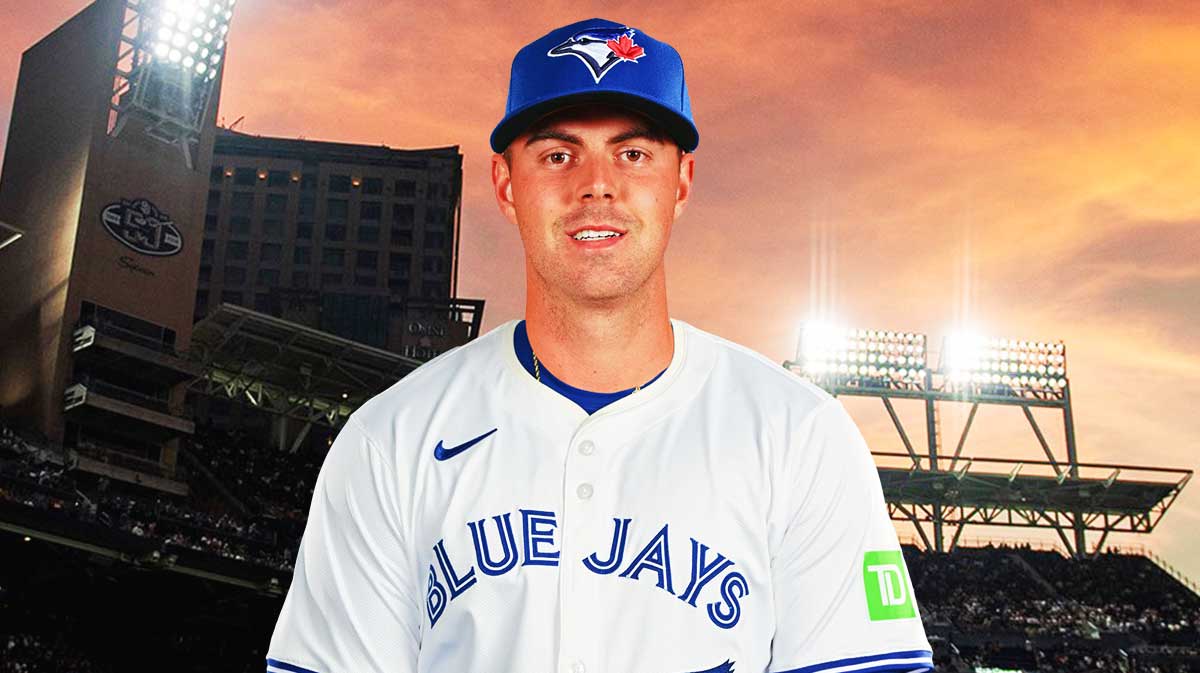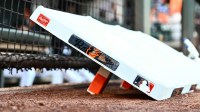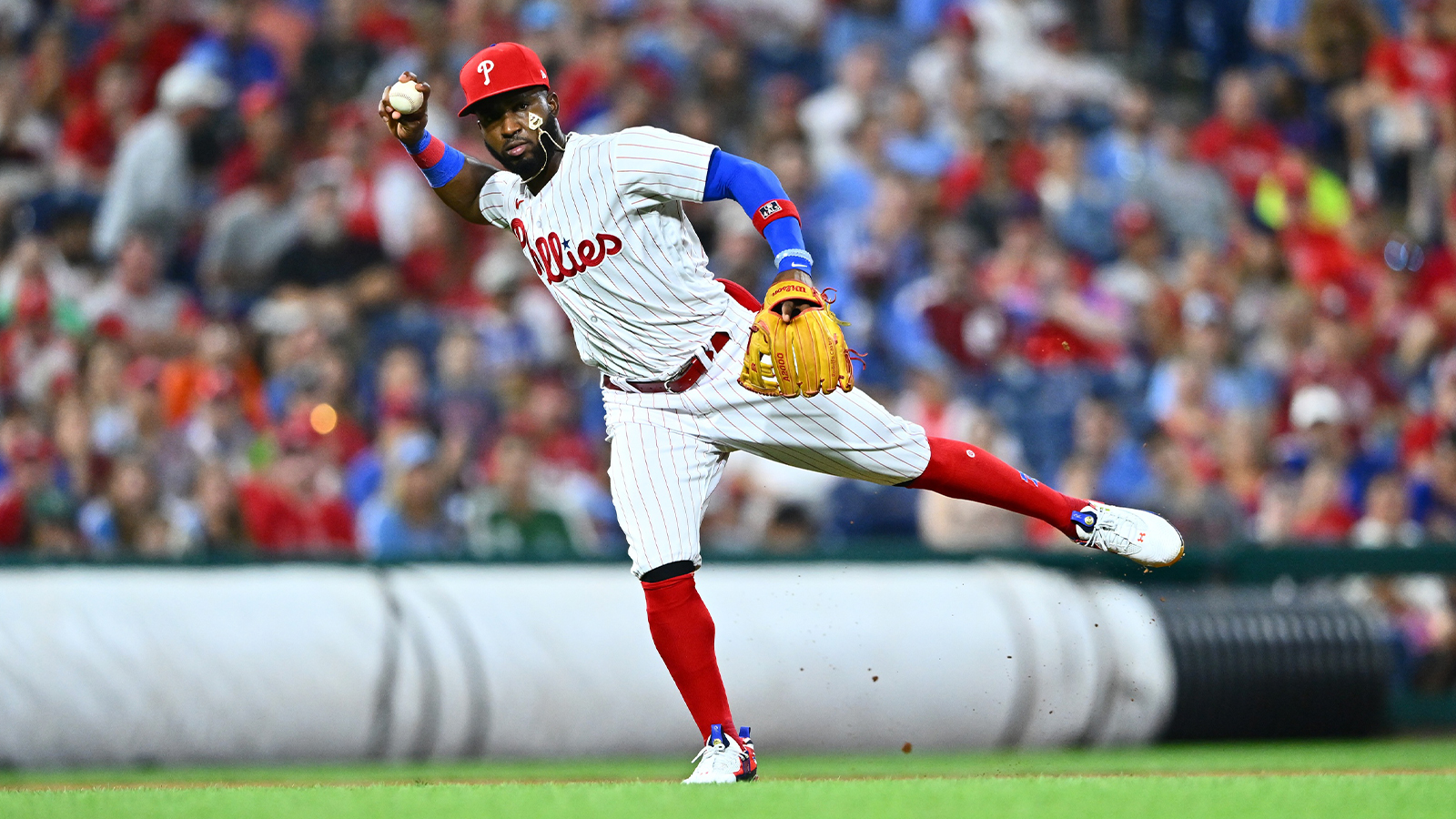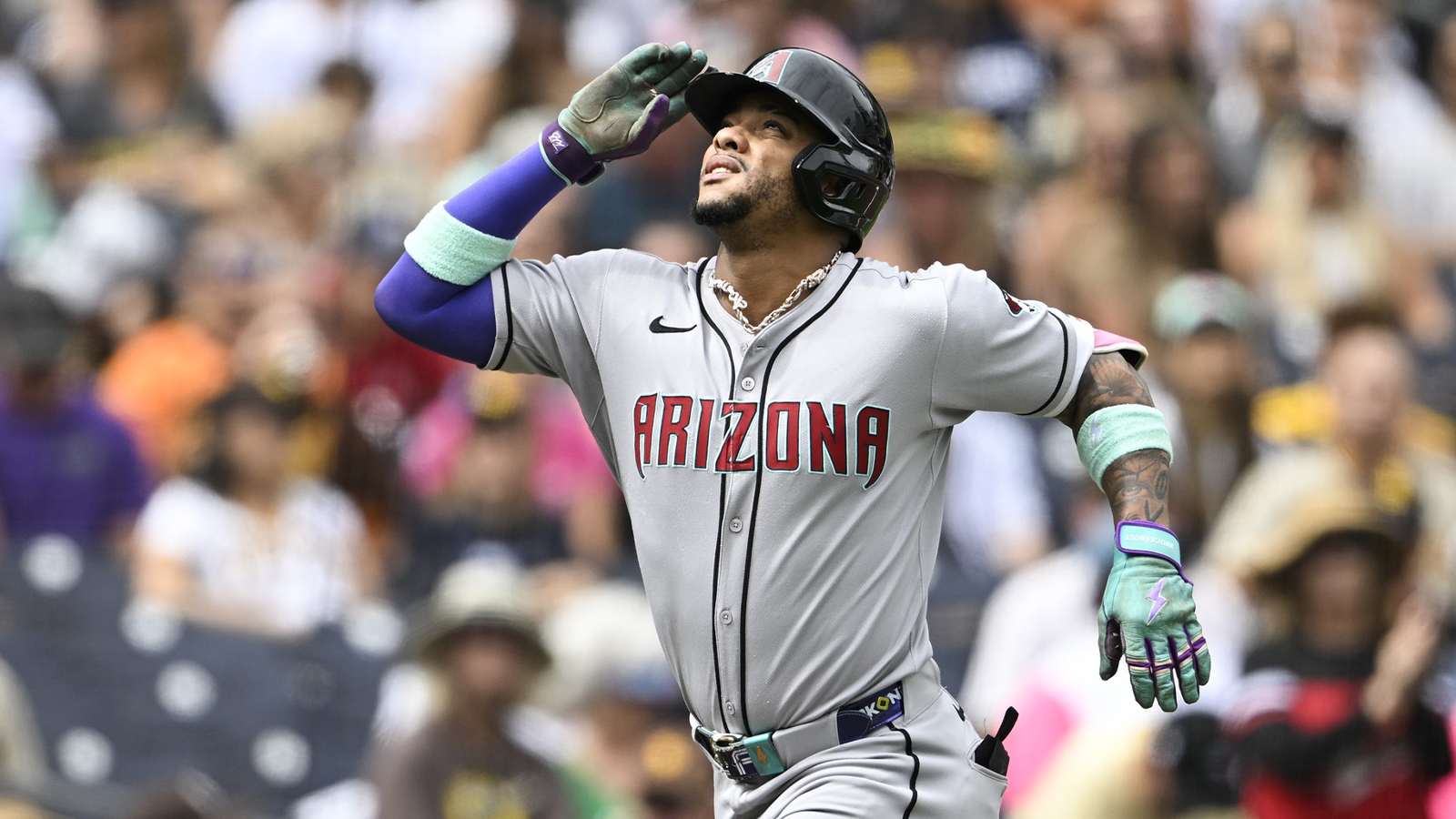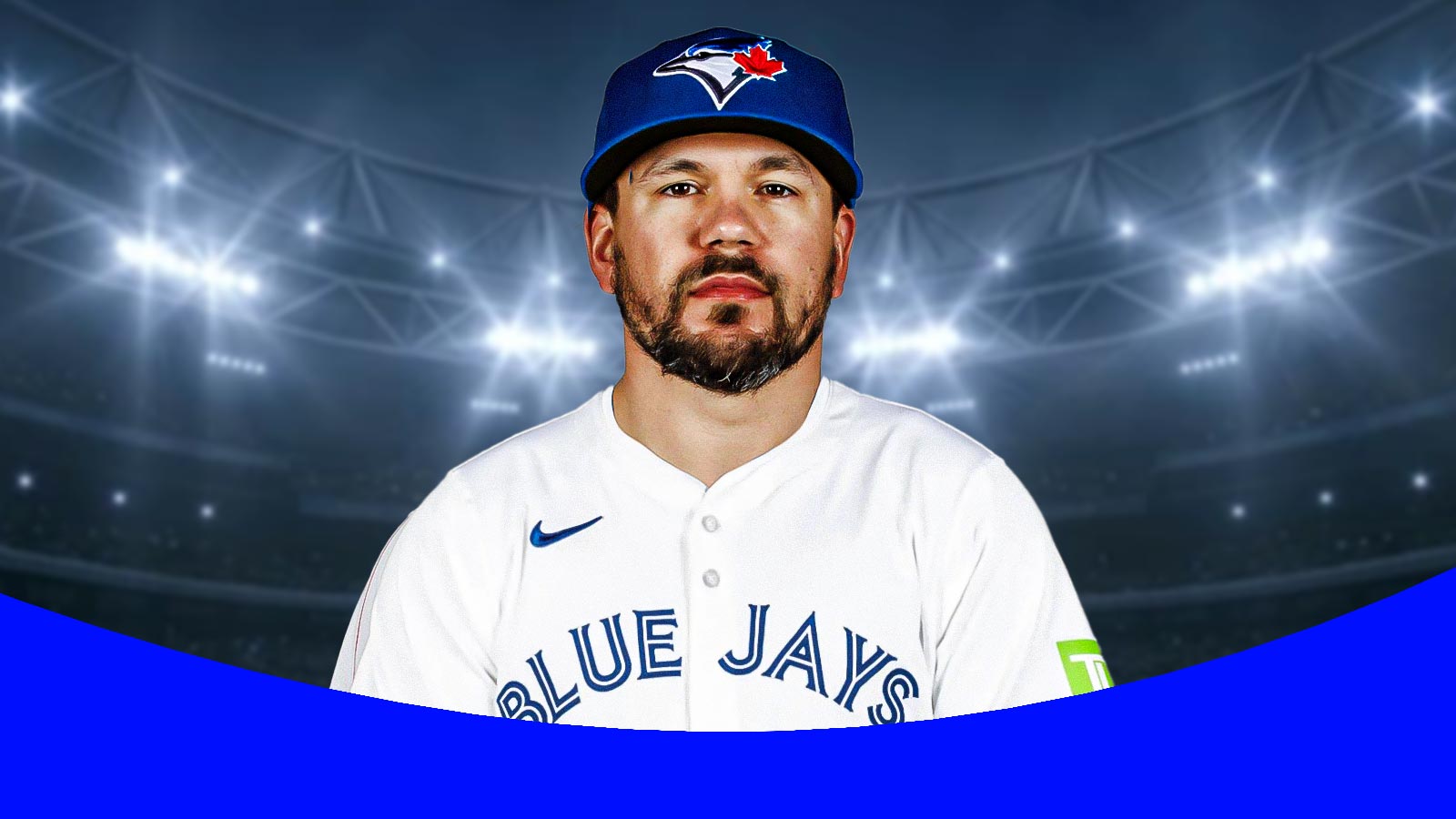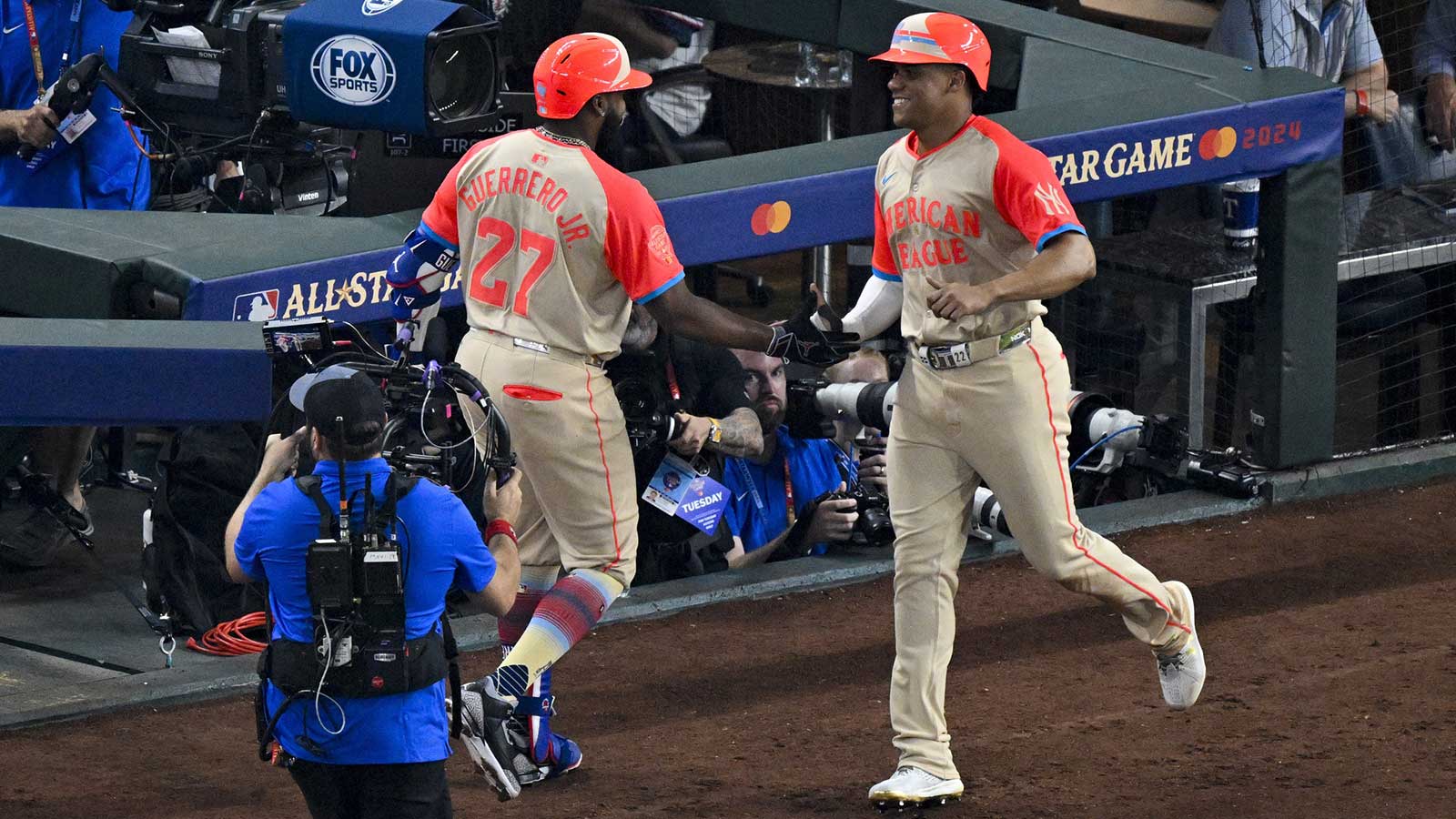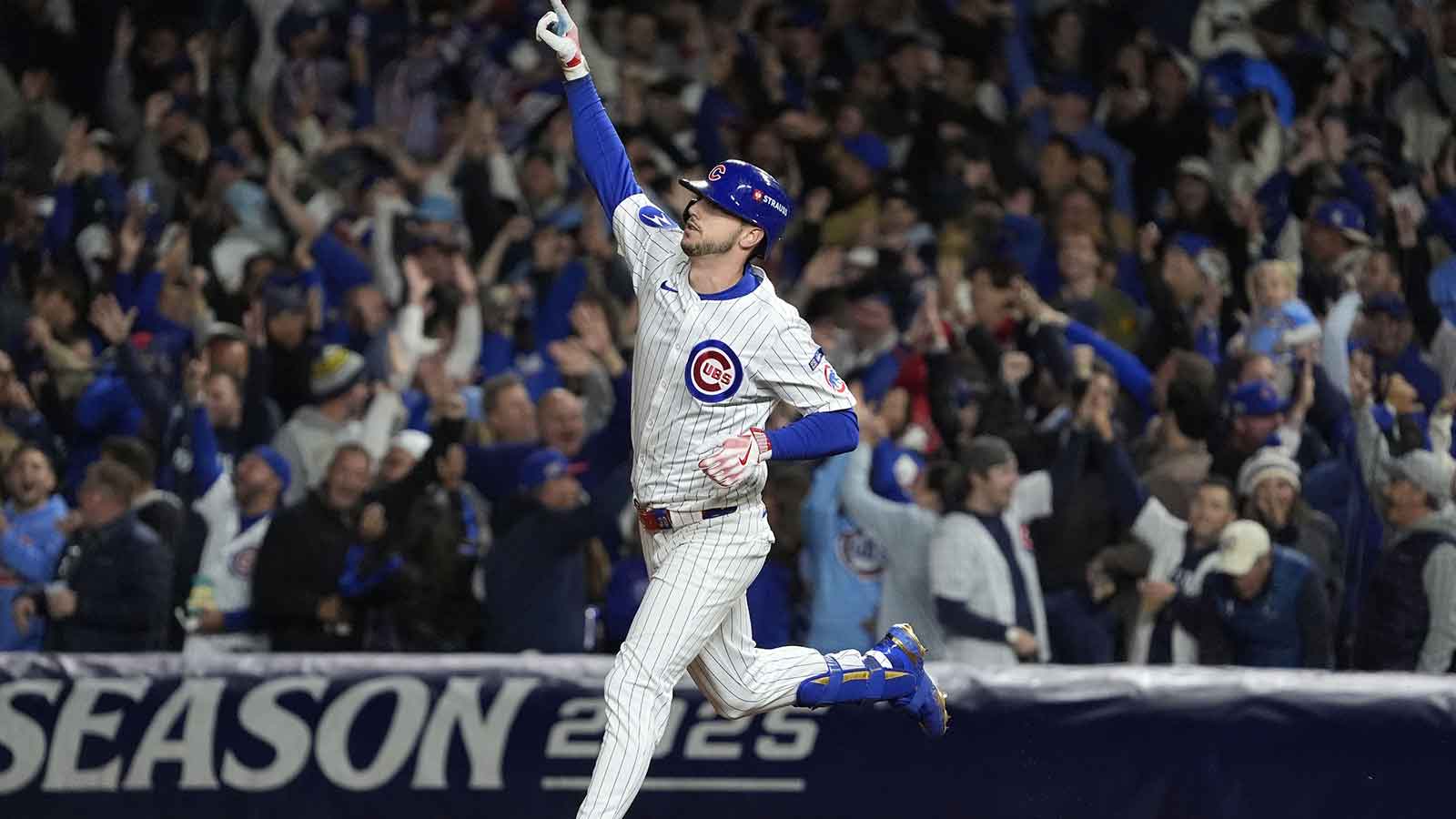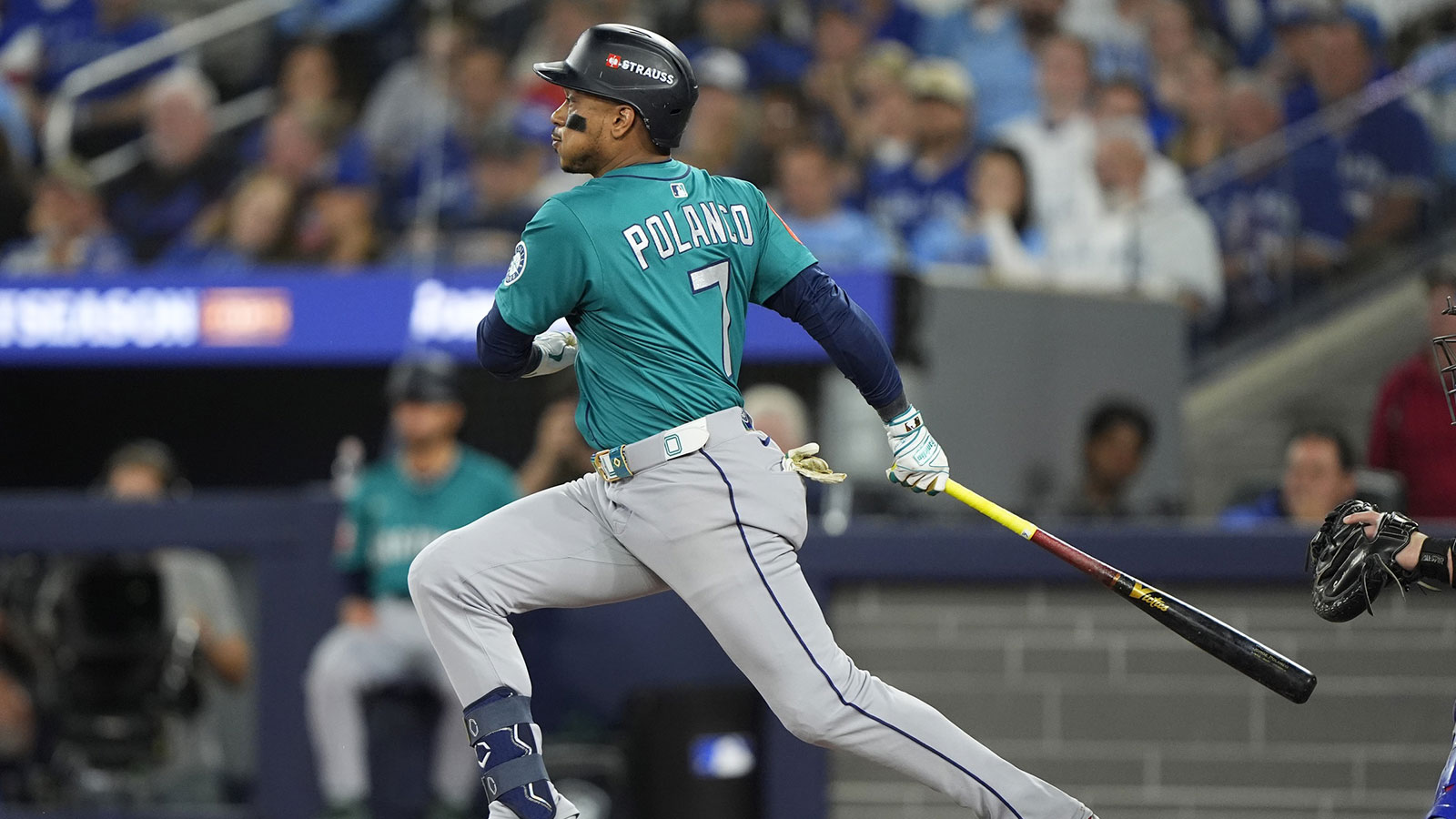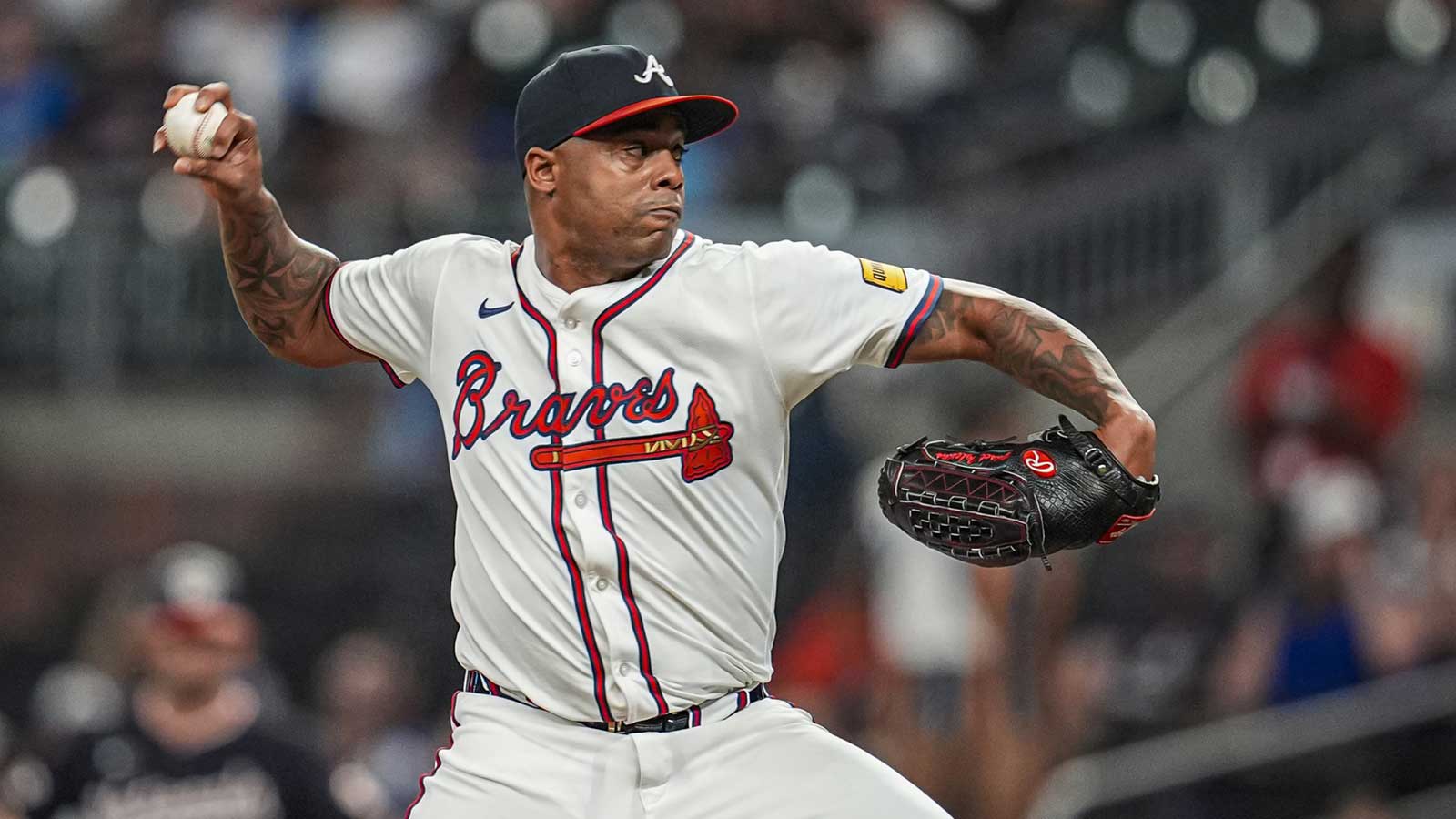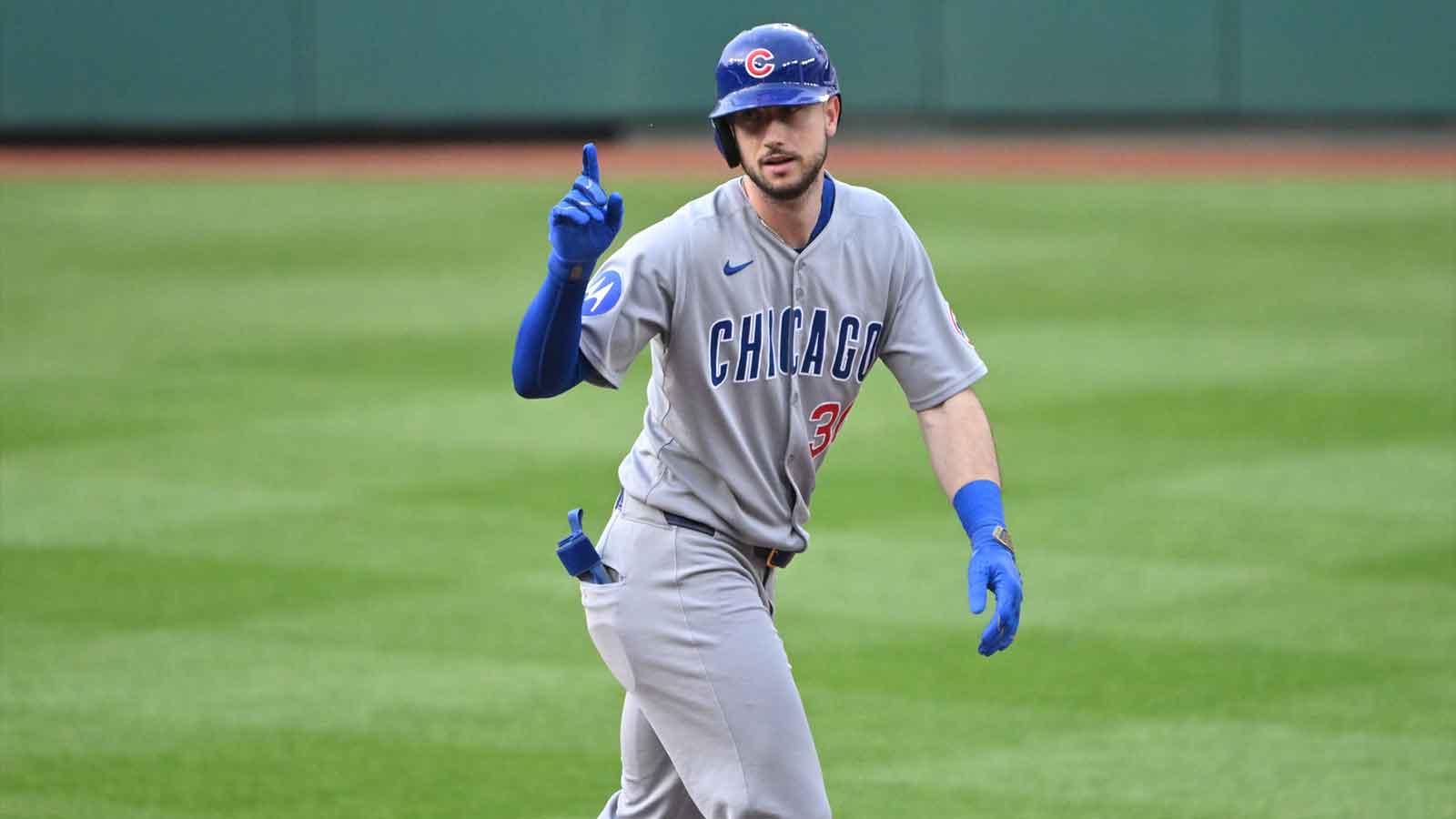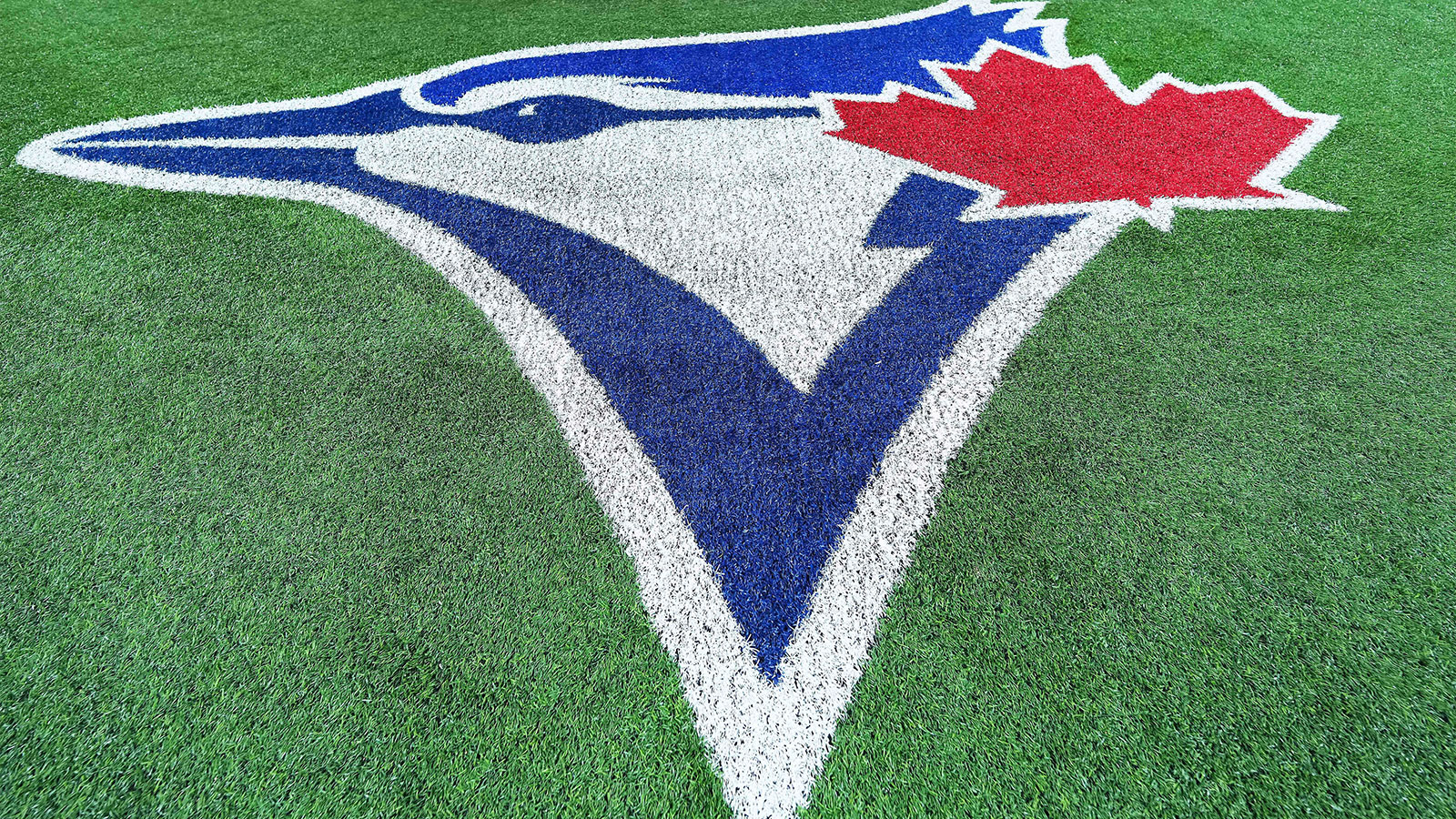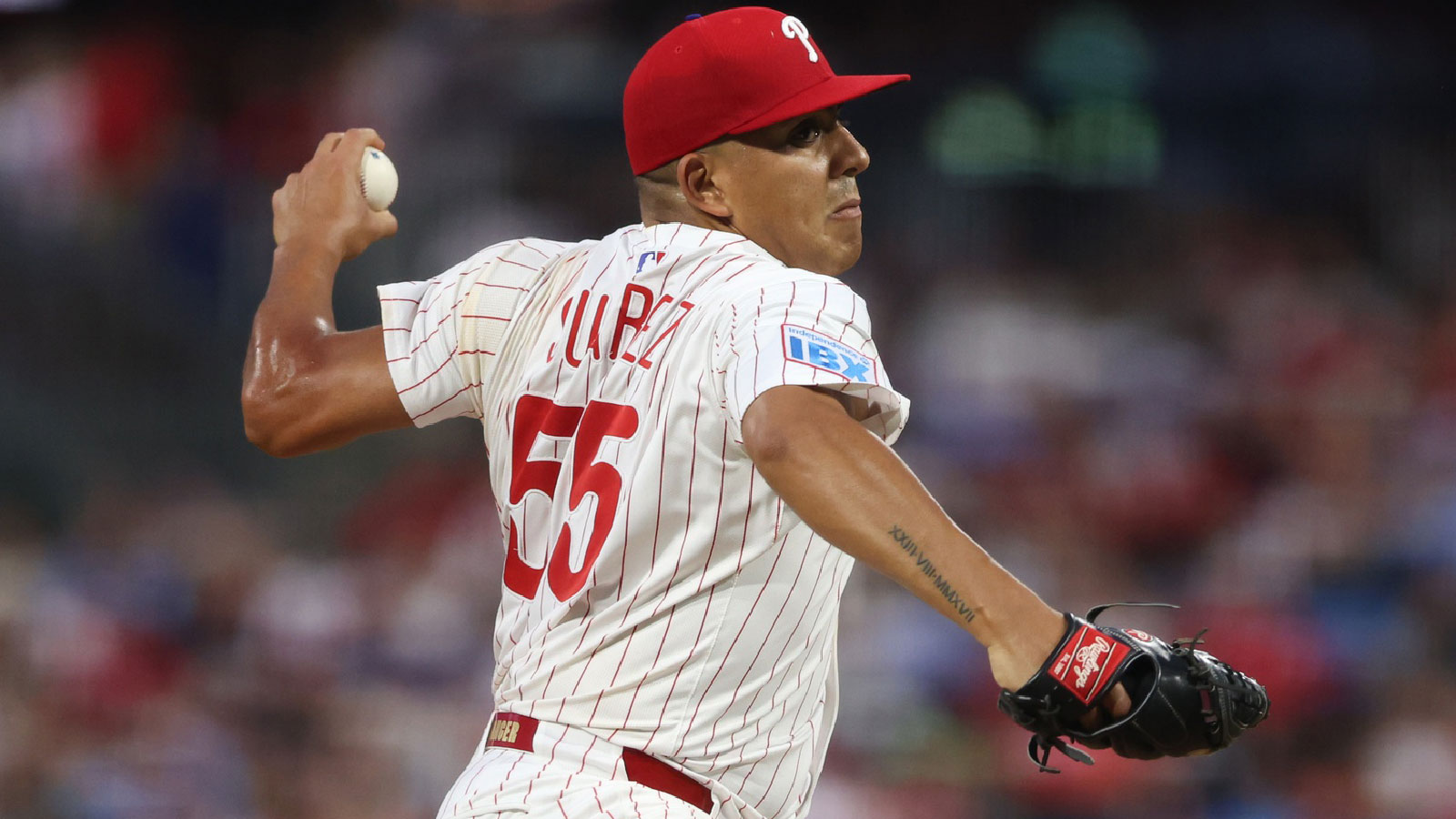The Toronto Blue Jays, surging back from a transitional 2024 and boasting one of the AL’s most dangerous lineups, are now poised for an aggressive push at the 2025 trade deadline. Their focus? Left-handed ace MacKenzie Gore of the Washington Nationals, arguably the top controllable arm on the block this summer. With a 3.52 ERA, 144 strikeouts, and a first All-Star nod this season, Gore is suddenly the rare frontline southpaw potentially available just as his prime crystallizes in D.C.
For a Toronto club desperate to vault past the AL East elite, Gore offers what their current rotation lacks: power stuff, dependability, and years of low-cost control. However, with his team-friendly contract and breakout success, the price to pry him loose from the Nationals will be steep, the kind of deal that empties a buyer’s war chest, not just the top shelf.
Why the Blue Jays Covet MacKenzie Gore
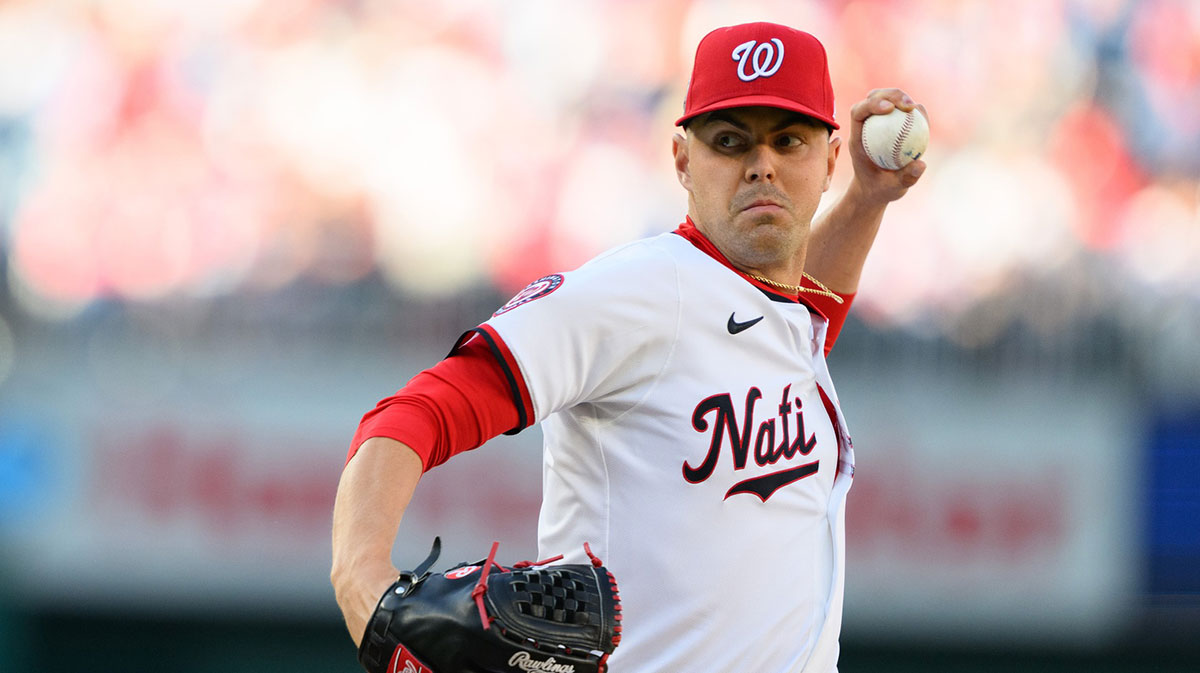
The Jays’ rotation features flashes of brilliance but has lacked a true lefty anchor since Hyun-Jin Ryu’s departure. Gore, now 26, has not just stabilized but elevated himself, trimming his walk rate and missing bats at an elite 29.3% clip. Whether in the regular season or October, his emergence amplifies the impact of Toronto’s improved defense and power-first offense. He’d form a postseason-caliber trio with Kevin Gausman and Ricky Tiedemann, giving Toronto one of baseball’s most complete top-end staffs.
The Nationals, in year three of a comprehensive rebuild, are by no means eager sellers. After trading Juan Soto for a franchise-altering return and establishing young cornerstones like CJ Abrams, James Wood, and Brady House, MacKenzie Gore was meant to anchor their next ERA of contention. Yet interim GM Mike DeBartolo and his staff are listening, knowing that a “blow you away” offer could reload D.C. for years and address organizational gaps at premium positions.
What does that mean for the market? The Nationals want advanced, high-ceiling bats and arms on the doorstep of MLB, not lottery tickets from the lower levels. They have depth in outfield and speed, but seek greater upside in the infield and an infusion of future rotation arms to complement Jake Irvin and DJ Herz.
The Blue Jays’ Perfect Trade Proposal
Toronto’s minor league system leans top-heavy, led by a wave of MLB-ready bats and power arms. While the Jays have been reluctant to part with catcher Gabriel Moreno or shortstop Orelvis Martinez in prior talks, this pursuit requires moving not just one but several headline talents. The question: can they outbid other heavy-hitters while holding on to their most trusted big-league contributors?
After deep discussion with league scouts and industry sources, here’s a proposal with the high-upside proximity, diversity, and depth that could lure the Nationals to deal their ace.
The Blue Jays receive:
- MacKenzie Gore, LHP
The Nationals receive:
- Arjun Nimmala, SS/3B
- Davis Schneider, 2B/3B
- Brandon Barriera, LHP
- Alan Roden, OF/1B
Nimmala offers Washington its highest-upside infield bat in years, a potential everyday shortstop or third baseman to fit behind Abrams or House. Schneider delivers immediate MLB production in a system starved for infield offense. Barriera provides a near-ready southpaw arm with above-average swing-and-miss and innings-eating potential, a true Gore replacement. Roden’s lefty bat, high-contact profile, and positional versatility give the Nationals lineup and bench flexibility as early as 2026.
For the Nationals, this deal replenishes positional depth and reloads with fast-moving, cost-controlled players, minimizing the risk of a prolonged rebuild. Nimmala and Barriera can step into premium roles by 2026, Schneider brings MLB power immediately, and Roden’s bat and versatility allow them to play matchups as needed. Washington maximizes Gore’s value at his peak, and avoids the peril of injury or regression.
For the Blue Jays, it’s the type of transformative upgrade championship windows demand. They deal from system strength (infield and upper-level arms) and retain enough power and pitching to support Gausman, Guerrero Jr., Bichette, and a contending core. Gore turns the Jays from playoff hopefuls to AL frontrunners, his clean health record, strikeout rise, and poise under pressure painting him as the lefty ace Toronto’s October ambitions have been missing.
For the Blue Jays, this is more than acquiring a pitcher, it’s about seizing a rare opportunity, winning the moment, and giving Toronto fans a signal that the club is fully “all-in.” For Washington, it’s a chance to leverage timing and value before Gore hits free agency, a forward-thinking, franchise-shaping move.
If this deal gets done, both teams will look back on it not just as a trade, but a turning point in their organizational timelines, a moment where vision, courage, and risk forever altered the path to October.

